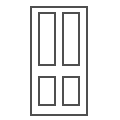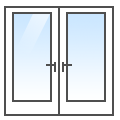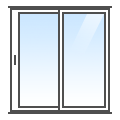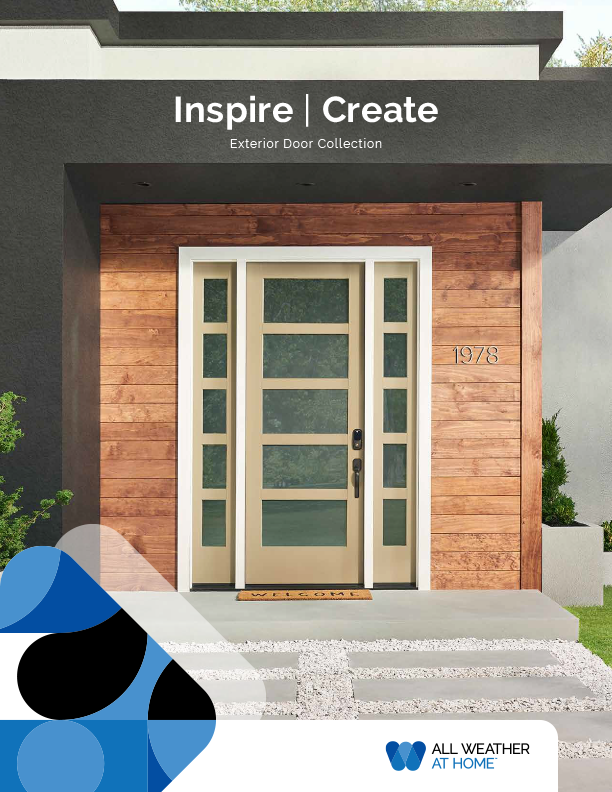Key Takeaways
Energy efficiency transforms a high-utility-bill worry into a strategy for comfort and savings.
- Lower Bills Through Less Waste: High-performance windows and doors cut heating and cooling costs by using energy more effectively, often helping homeowners recoup their installation expense over time.
- Environmental Impact Starts at Home: Reducing your energy consumption directly decreases harmful emissions, making every upgrade a meaningful step toward lowering your carbon footprint.
- Labels Guide Your Decisions: ENERGY STAR® Canada, EnerGuide, U-Factor, and SHGC ratings give you standardized metrics to compare products and choose the most efficient options for your climate.
- Advanced Features Mean Real Comfort: Multi-pane glass, inert gas fills, and low-E coatings eliminate drafts and temperature swings, delivering a consistent indoor environment year-round.
- Small Steps Lead to Big Changes: Whether you start with weatherstripping or commit to full window replacements, each informed upgrade builds toward long-term savings and a more sustainable home.
Efficiency equals comfort, savings, and a smaller environmental footprint. Canadian homeowners ready to reduce heating and cooling costs and improve indoor comfort will find a practical foundation here, preparing them to make confident, informed decisions about their homes.
Making your home more comfortable often comes with a question: How much will this cost to run? Energy efficiency is the key to managing those costs while improving your living space. It’s about getting more from the energy you use, which means lower utility bills and a smaller environmental footprint. Understanding your options is the first step toward a smarter, more efficient home.
Why Energy Efficiency is a Smart Investment
Investing in energy efficiency pays you back in multiple ways. The most immediate benefit is financial savings. When your home uses less energy to stay comfortable, your monthly heating and cooling bills go down. Over time, these savings can add up significantly, eventually covering the initial cost of the upgrades.
Beyond your wallet, energy efficiency has a positive impact on the environment. Power plants produce a large portion of greenhouse gas emissions. By reducing your home’s energy consumption, you decrease the demand on these plants, which helps lower overall carbon emissions. It’s a practical way for every homeowner to contribute to a healthier planet.
Finally, an energy-efficient home is simply more comfortable. Proper insulation, high-performance windows, and modern heating systems eliminate drafts, cold spots, and temperature swings. Instead, you get a consistent, pleasant indoor environment year-round.
Decoding Energy Efficiency Labels
When you shop for home products, you’ll see various labels designed to help you identify efficient options. Understanding these ratings is crucial for making an informed choice.
ENERGY STAR Canada
The most recognizable label in North America is ENERGY STAR. This blue symbol indicates that a product meets or exceeds strict energy efficiency guidelines set by the government. ENERGY STAR certified products are independently tested and verified to perform as promised. When you choose an item with this label, be it a window, a door, or an appliance, you can be sure it’s among the most efficient in its class.
EnerGuide
In Canada, the EnerGuide label is mandatory for many products. It doesn’t tell you if a product is “good” or “bad,” but it provides a standardized scale to show its energy consumption. This allows you to compare different models directly. For example, when looking at a new furnace, the EnerGuide label will show its Annual Fuel Utilization Efficiency (AFUE) percentage, letting you see exactly how much fuel it converts into heat.
U-Factor and Solar Heat Gain Coefficient (SHGC)
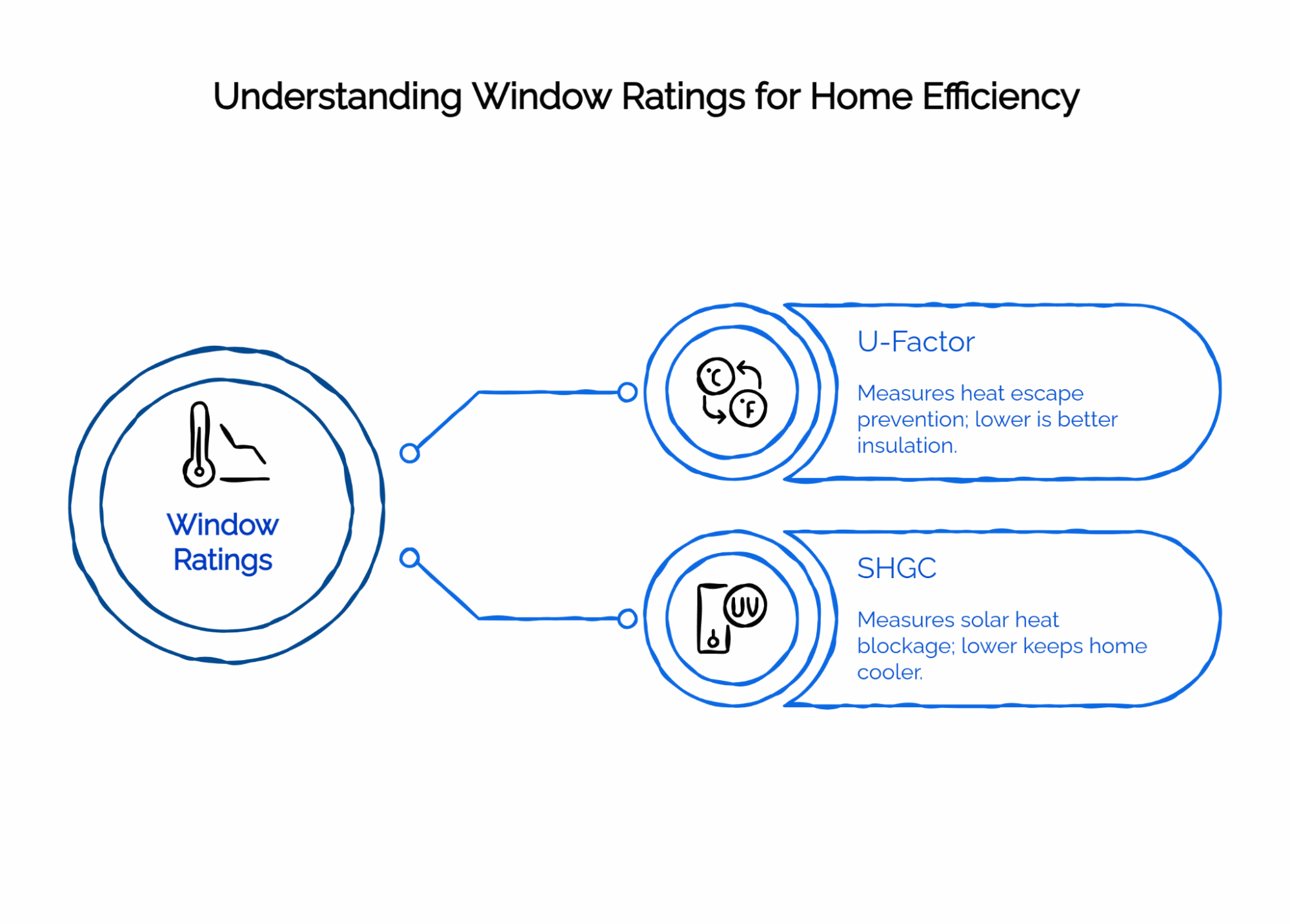
When shopping for windows, doors, and skylights, you’ll encounter two key ratings:
- U-Factor: This measures how well the product prevents heat from escaping your home. The lower the U-Factor, the better its insulating properties. This is especially important for colder climates.
- Solar Heat Gain Coefficient (SHGC): This measures how well a product blocks heat from the sun. The lower the SHGC, the less solar heat it transmits, which helps keep your home cooler in the summer.
Choosing products with the right balance of a low U-Factor and an appropriate SHGC for your climate is key to maximizing comfort and savings.
High-Performance Windows
Windows are a major source of energy loss in many homes. Older, single-pane windows or poorly sealed double-pane units can be responsible for up to 25% of your home’s heating costs. Upgrading to modern, energy-efficient windows is one of the most effective ways to improve comfort and reduce utility bills.
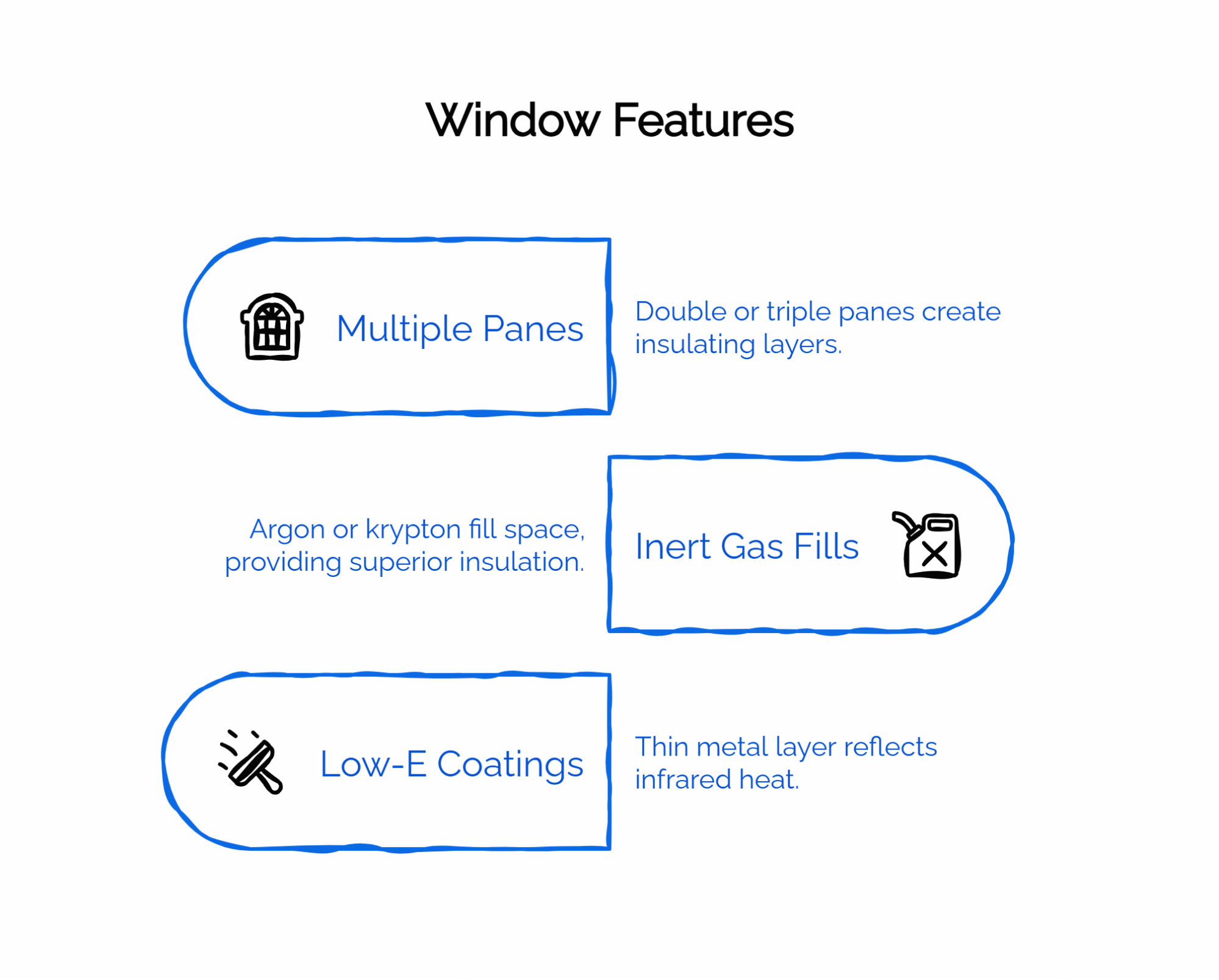
Look for windows with these features:
- Multiple Panes: Double-pane or triple-pane windows create insulating layers of air or gas between the glass.
- Inert Gas Fills: Manufacturers fill the space between panes with harmless, invisible gases like argon or krypton. These gases are denser than air and provide superior insulation.
- Low-E Coatings: A low-emissivity (low-E) coating is a microscopically thin, transparent layer of metal applied to the glass. It reflects infrared heat, keeping warmth inside during the winter and outside during the summer.

Insulated Doors
Your exterior doors are another critical part of your home’s thermal envelope. An old, uninsulated, or poorly sealed door can be a significant source of drafts and energy waste. Modern doors offer a much higher insulating value than traditional doors.
Proper weatherstripping and a well-fitted threshold are just as important as the door itself. These components create a tight seal that prevents air from leaking around the edges, keeping your conditioned air in and the outside elements out.
Taking the Next Step
Improving your home’s energy efficiency is a journey, not a destination. You can start with smaller projects like sealing air leaks, or plan for larger upgrades like new windows. The key is to make informed decisions based on reliable product information and your home’s specific needs. By choosing high-performance products, you invest in long-term savings, enhanced comfort, and a more sustainable future.
Ready to explore your options for a more energy-efficient home? The experts at All Weather at Home can help you find the perfect windows, doors, and other solutions to fit your needs and budget. Learn more at All Weather at Home.









